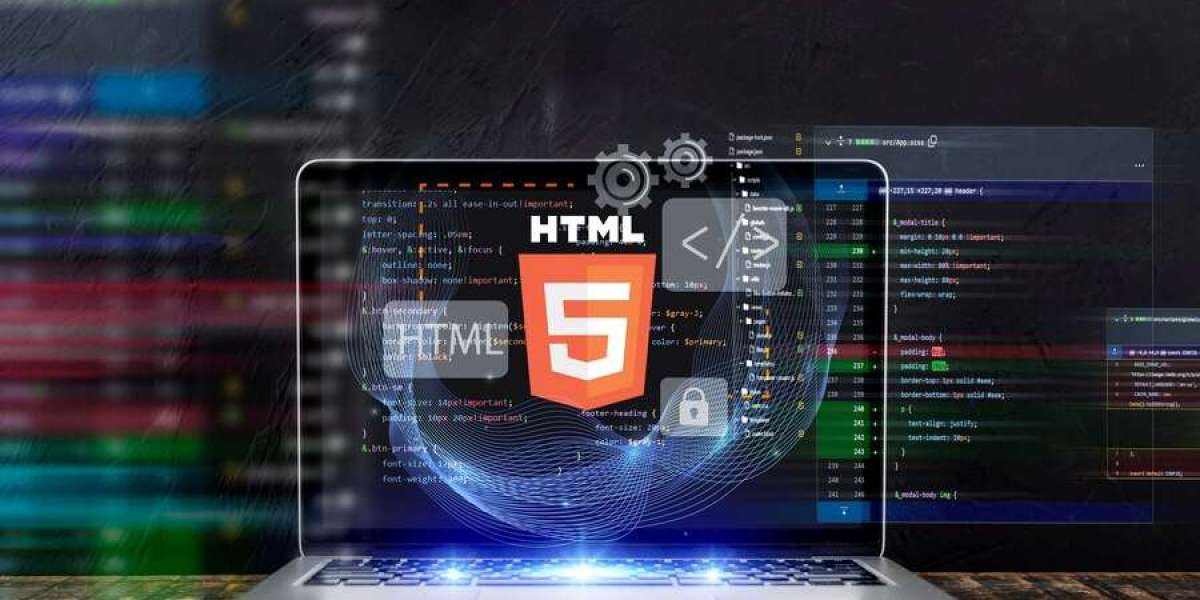Introduction:
In the dynamic world of web development, HTML (Hypertext Markup Language) stands as the foundational language that structures content on the internet. As a developer, it's crucial to have a deep understanding of HTML, as it serves as the backbone for creating web pages. This comprehensive guide will take you through the essential aspects of HTML, offering insights that go beyond the basics.
- HTML Basics:
HTML is a markup language used to structure content on the web. It consists of a series of elements, each represented by tags, which enclose content. These tags define the structure and semantics of the document. - Document Structure:
html: The root element that wraps the entire HTML document.head: Contains meta-information about the document, such as the title.title: Sets the title of the HTML document.body: Encloses the content of the document, including text, images, links, etc.
- Text Formatting:
- Headings:
h1toh6represent different levels of headings. - Paragraphs:
ptags define paragraphs. - Bold:
strongorbfor bold text. - Italics:
emorifor italicized text.
- Headings:
- Lists:
- Unordered List:
ulwithlifor each list item. - Ordered List:
olwithlifor each ordered item.
- Unordered List:
- Links and Images:
- Hyperlinks:
afor creating links to other pages or resources. - Images:
imgfor embedding images.
- Hyperlinks:
- Forms:
form: Sets up an HTML form for user input.- Input elements:
input,textarea,selectfor various form controls.
- Semantic Elements:
header,footer,nav,article,section,aside,main: Introduced in HTML5 to add semantic meaning to the document structure.
- DOCTYPE Declaration:
!DOCTYPE htmldeclares the document type and version.
- Validation:
- Tools like the W3C Markup Validation Service ensure your HTML code adheres to standards.







